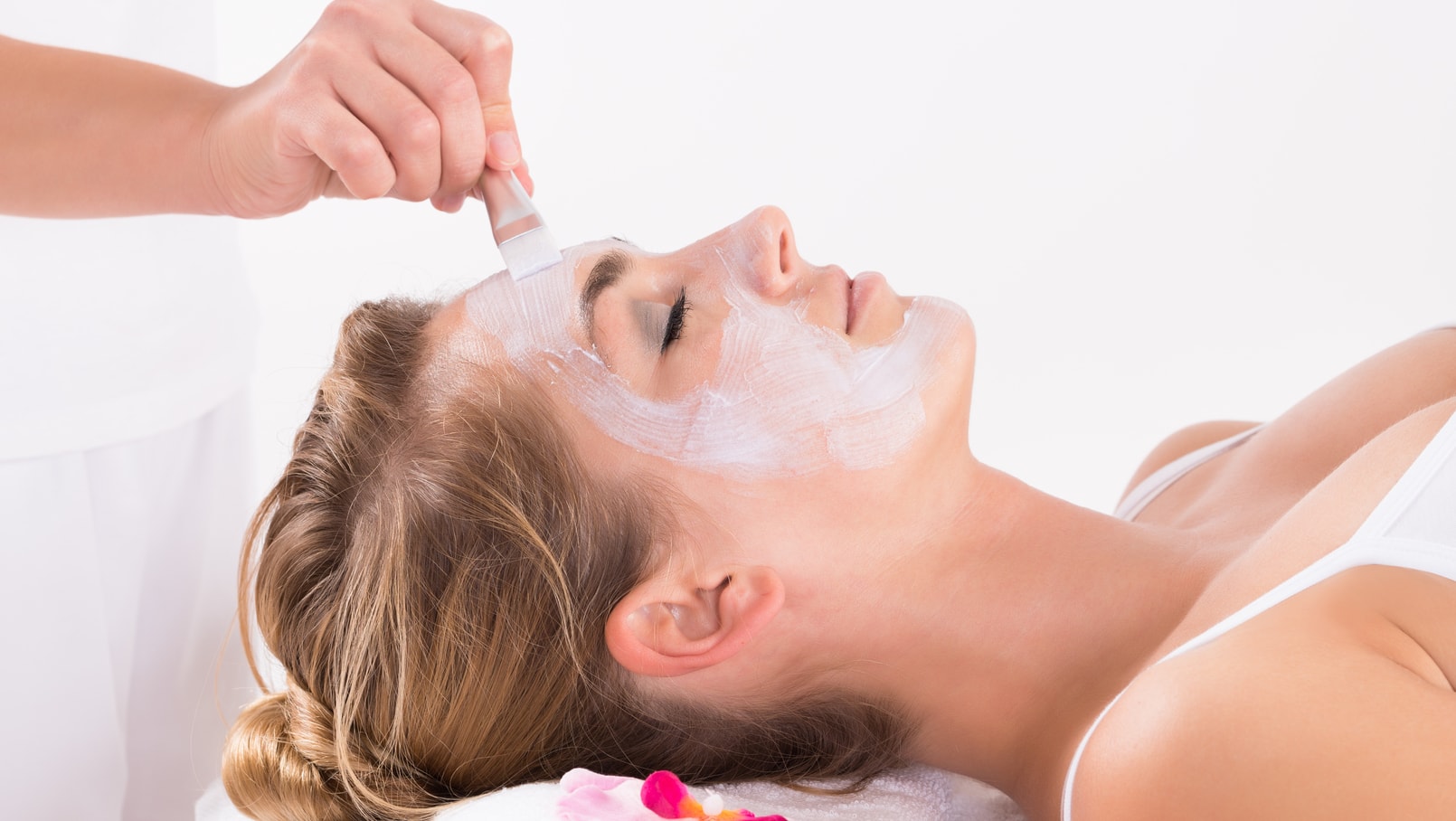
Deep cleansing enzyme peel is a non-abrasive skin therapy for patients looking to rejuvenate the skin while being too sensitive for a chemical peel. An enzyme peel is naturally derived from a variety of fruits and helps to refresh the skin for a more youthful appearance. A deep cleansing enzyme peel can treat acne, rosacea and pigmentation issues while improving fine lines or wrinkles by exfoliating the top layers of dead skin cells to expedite cell turnover. There are three classes of deep cleansing enzyme peels and they include superficial, medium depth and deep peels. The best option depends on the patient’s skin type and skin condition.
A GOOD CANDIDATE for a deep cleansing enzyme peel may include:
The following patients are NOT GOOD CANDIDATES for an enzyme peel:
Deep cleansing enzyme peels are performed in a doctor’s office or spa. They only remove the top layers of dead skin so they do not require anesthetic. Patients may experience a slight tingling or burning sensation for the duration of the treatment. The doctor may choose to do a skin test for sensitivity by applying the enzyme to the inner side of the wrist for 10 minutes. If no allergic reaction occurs, the procedure will be performed.
The doctor will cleanse the treatment area to remove makeup and debris. The enzyme peel is then applied in a circular motion to exfoliate the dead skin cells. Unlike chemical peels, enzyme peels do not use acid and they do not damage and remove live tissue. The enzymes will be left on the face for about 10 to 30 minutes depending on the ingredients and the expected results. The enzymes work best with warmth and humidity. Therefore, the area may be covered with a damp, warm towel or warm compresses to activate the enzymes. After the appropriate time, the enzyme is washed off with warm water. A moisturizer mask can be applied just after a deep cleansing enzyme peel to soothe the treated area.
A chemical peel is an alternative treatment which uses a chemical solution to improve or revitalize the skin. Chemical peels also come in the same three classes as an enzyme peel. However, it is a more aggressive treatment than an enzyme peel. A chemical peel creates a controlled burn or wound to remove the damaged outer layers of skin in order for new skin to form. The new skin will be smoother and have an even tone. Patients with darker skin tones and those with sensitive skin are not suitable for this type of treatment.
A deep cleansing enzyme peel costs between $100-$150 per treatment depending on the type of peel and how long it is left on to penetrate the skin. The price can increase if other facial treatments are performed at the same time. The cost also varies due to any facility fees and the geographic location of the office.
There is little to no RECOVERY or DOWNTIME after an enzyme peel. However, a deep peel is left on the skin longer and may involve a deeper peeling process. Nevertheless, patients may develop a slight red coloration on the face but do not actually experience skin flaking. There are no activity restrictions so patients may return to regular activities and work immediately after the treatment. Patients should avoid sun exposure during the first 6-10 days since an enzyme peel will make the skin more susceptible to sunburn. Any patient that needs to go outside during the healing period should stay covered up or wear sunblock.
Patients will be able to see results immediately after a deep cleansing enzyme peel. The face will appear clearer and fresher. Deeper enzyme peels penetrate further into the pores and help to cleanse and improve the skin’s texture. It can take some time for the final results to be seen since enzyme peels only accelerate the natural exfoliating process and help to stimulate new cell growth. The skin’s elasticity and texture will continue to improve over a few weeks. The length of the results depends on the patient’s skin type and condition. While some patients may need a deep cleansing enzyme peel once a month to maintain the results, others may only treat the skin every other month. Deeper peels provide the longest lasting results and these patients may not need treatments repeated as often. To maintain longer lasting results, patients should adopt a good skin care regimen and use sunblock whenever going outside to protect the skin from harmful sun rays.
The limitations of a deep cleansing enzyme peel include:
The risks involved with deep cleansing enzyme peels include:
A deep cleansing enzyme peel is a good skin therapy option for people who have sensitive skin and cannot easily tolerate a chemical peel. This type of skin rejuvenation treatment has little to no risks or downtime. The best enzyme peel for a patient depends on their skin type and condition. Before making the final decision to have a peel, a person should consult with a professional who is experienced in performing enzyme peels and can expertly determine which peel will achieve the desired results without doing any long-term damage to the skin.
Written by Cosmetic Town Editorial Team- MA
Based on an exclusive interview with Brian Keegan, MD, Ph.D in East Windsor, NJ